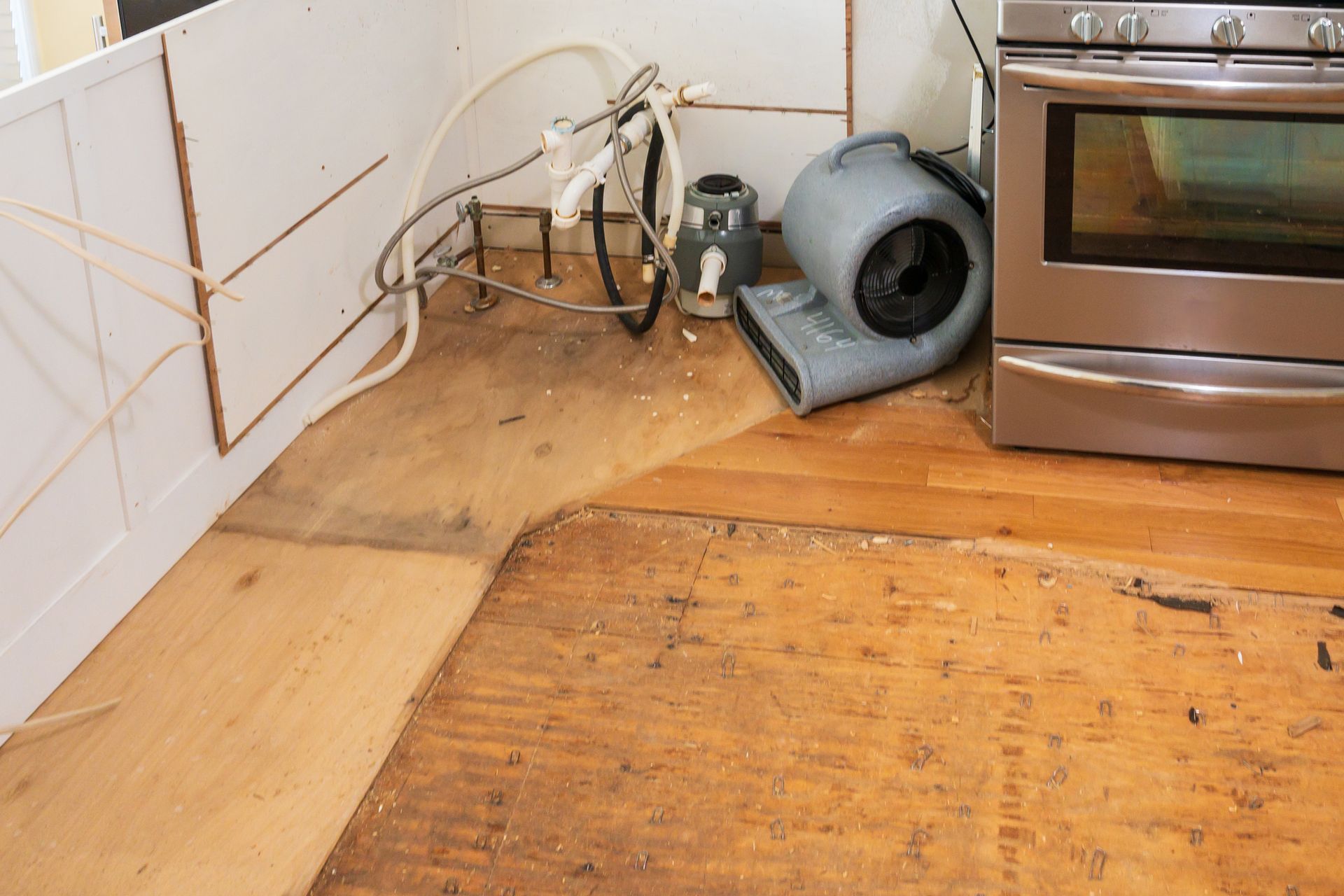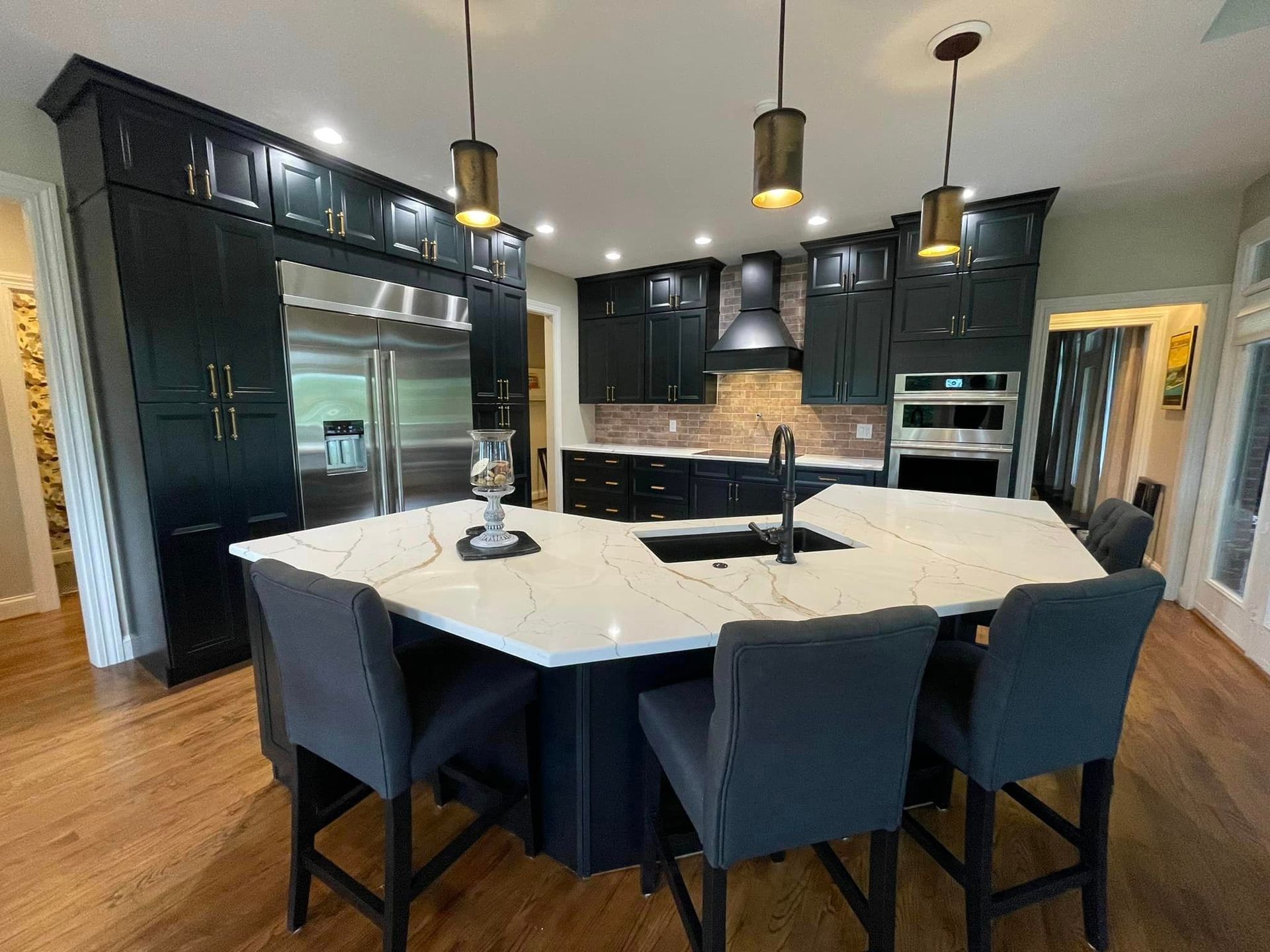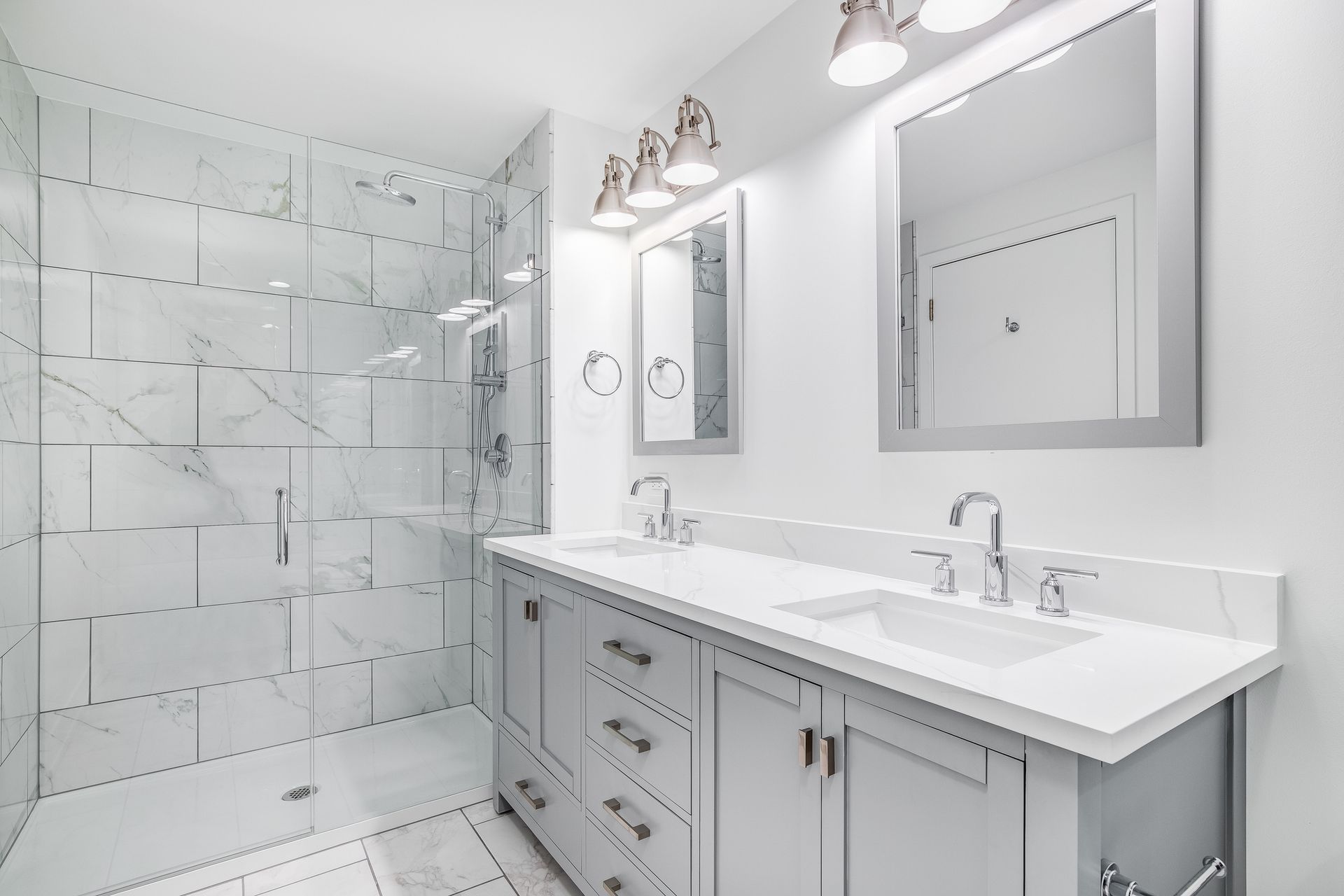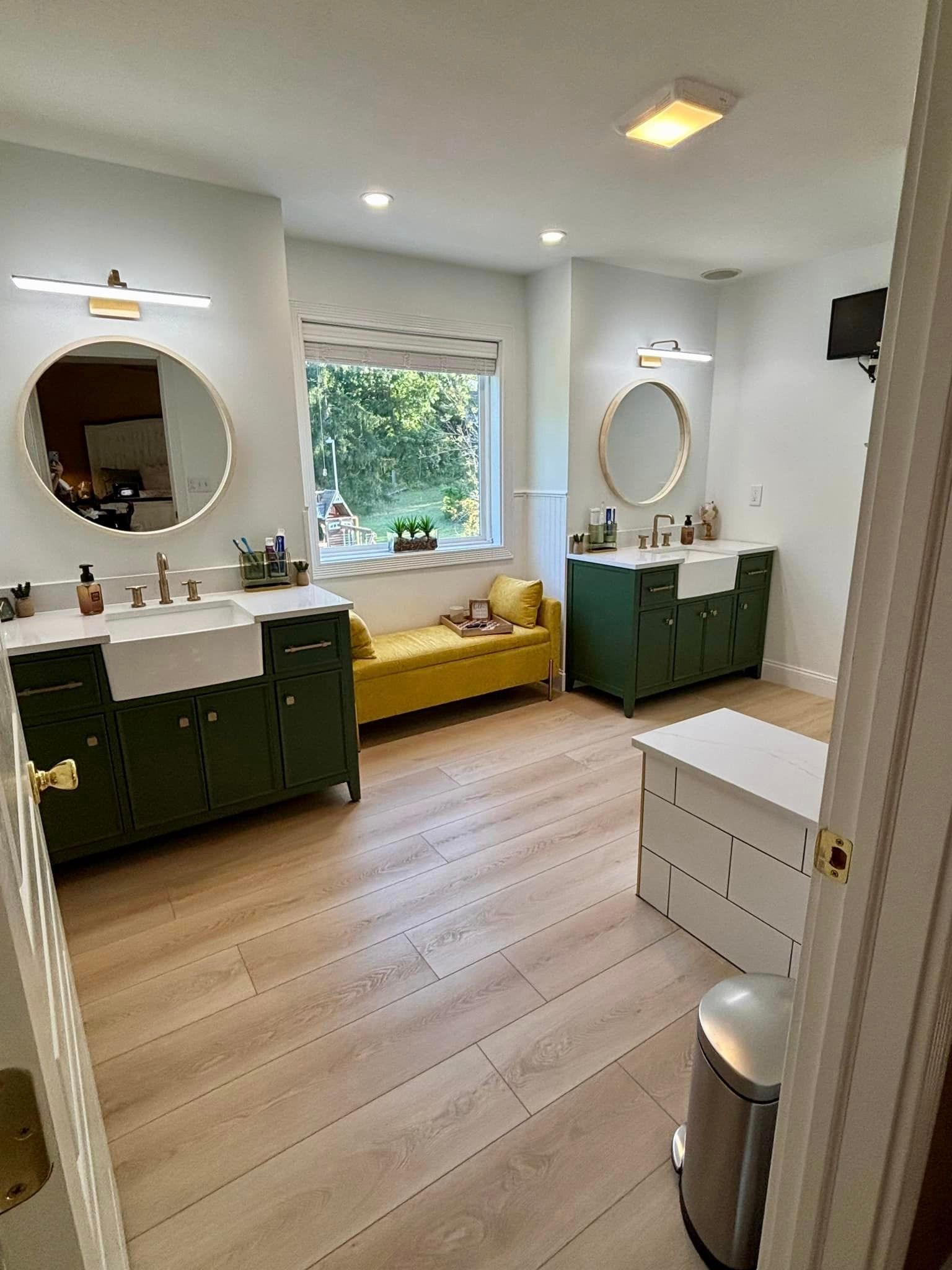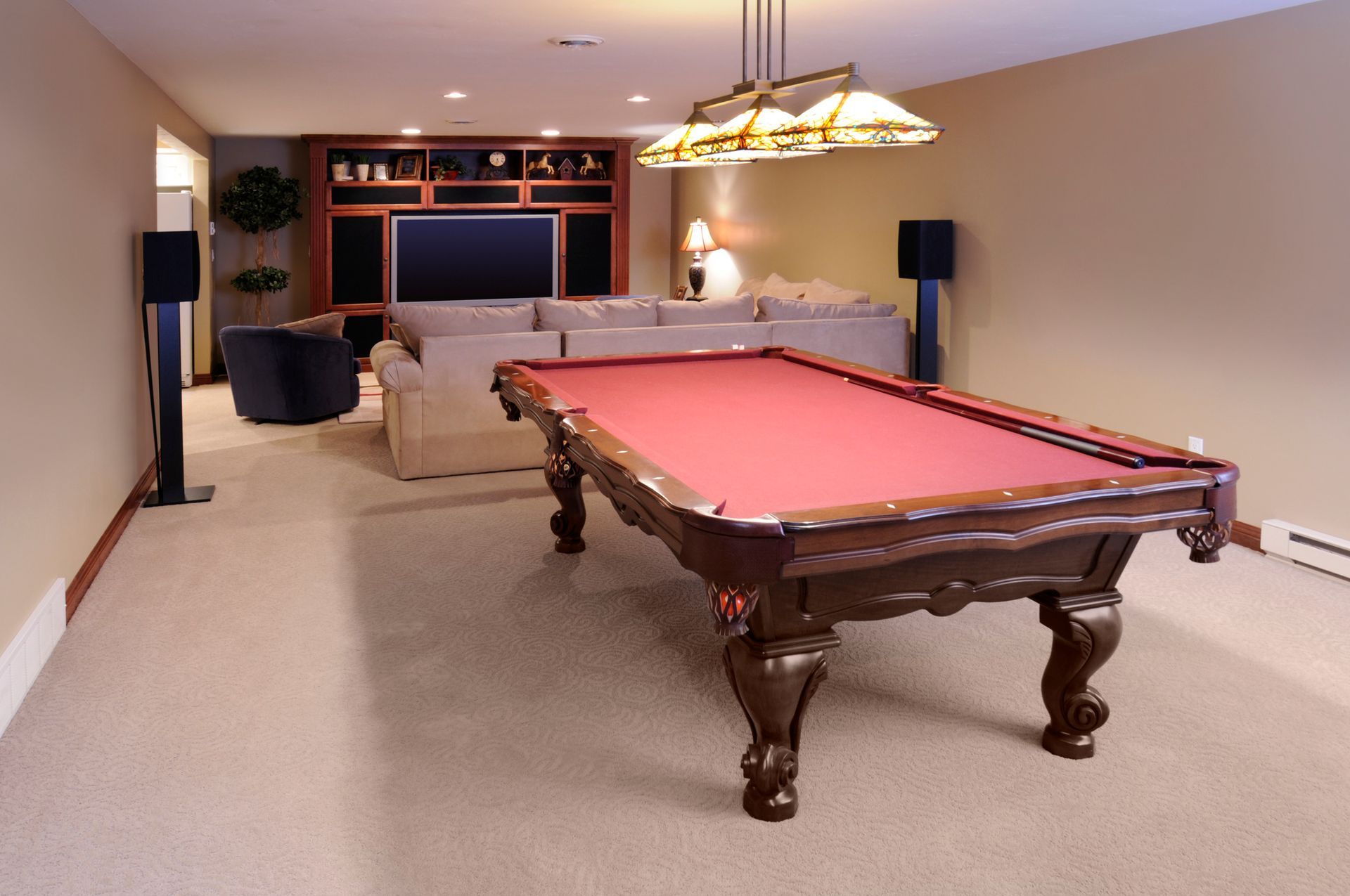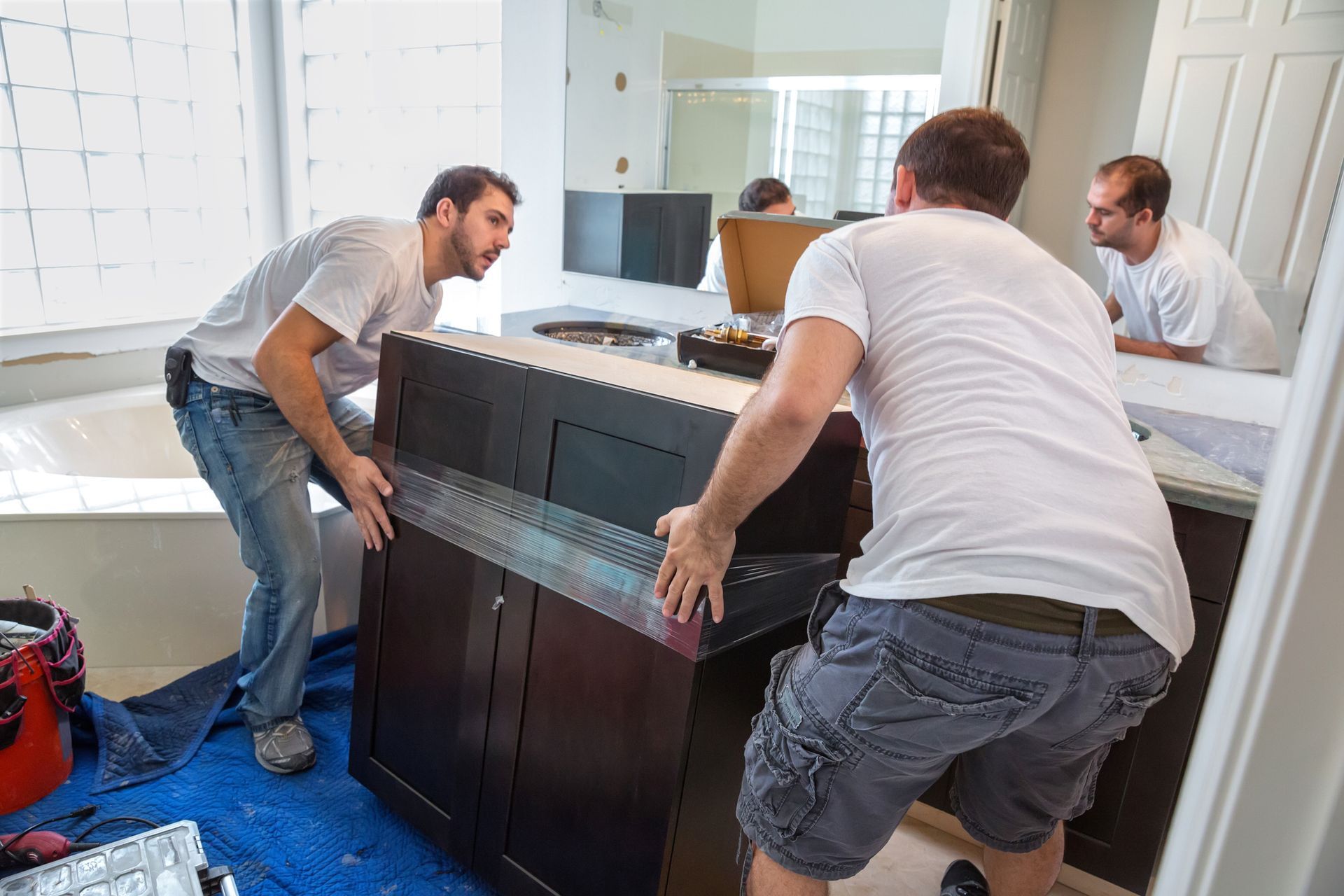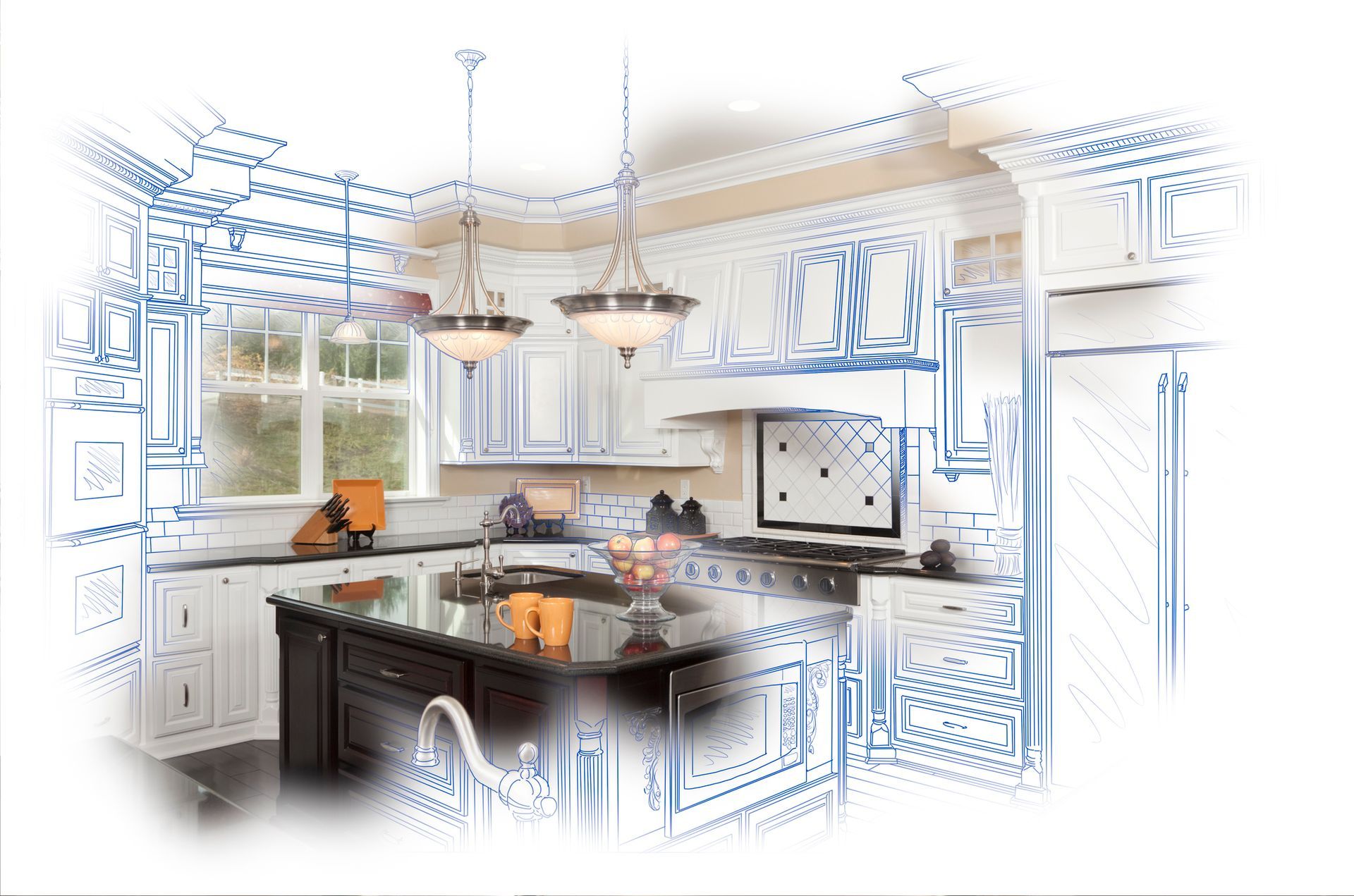Kitchen Remodel Costs: What to Expect for Each Area
If you're considering a kitchen remodel, understanding the costs associated with this project can help you plan more effectively. Remodeling projects vary widely depending on the size of your kitchen, the materials you choose, and whether you're making structural changes.
At Obringer’s Painting & Remodeling, we know that starting a kitchen remodel can feel overwhelming—especially when it comes to understanding costs. With so many decisions to make about materials, layouts, and finishes, having a clear breakdown of expenses can make a significant difference in how smoothly your project goes.
In this guide, we’ve outlined the typical costs associated with each major part of a kitchen remodel so you can plan ahead, avoid surprises, and make confident choices every step of the way.
Why Kitchen Remodel Costs Vary
The cost to remodel a kitchen can range from $10,000 to $75,000 or more, depending on the project scope and finishes chosen. According to HomeAdvisor's national cost guide, the average kitchen remodel cost in the U.S. is around $26,000, though this can fluctuate significantly based on a variety of factors:
- The size of your kitchen
- Whether you're updating or replacing systems like plumbing and electrical
- The quality and type of materials used
- Labor costs, especially if you're hiring professionals for most or all of the work
- Establishing a budget before you begin the remodel helps guide your choices and prepares you for any unexpected expenses.
Key Areas of a Kitchen Remodel & Their Costs
Cabinets & Storage: $3,000 – $20,000+
Cabinets often make up the most significant portion of a kitchen renovation budget. Your choice depends on design goals, durability needs, and available space:
Stock cabinets: Pre-manufactured in standard sizes, typically made from MDF or particleboard. They're cost-effective but limited in fit and finish.
Semi-custom cabinets: Provide more flexibility in dimensions and materials. These offer a good middle ground between cost and customization.
Custom cabinets: Built to order based on your exact measurements and design preferences. They're typically the most expensive option.
The National Kitchen & Bath Association (NKBA) recommends allocating about 30% of your total kitchen remodel budget to cabinetry and storage.
Countertops: $1,500 – $8,000+
Countertops are a visible and functional surface in your kitchen, and their cost depends on the material and layout:
Laminate: A budget-friendly option with a variety of colors and patterns.
Granite: Durable and attractive natural stone that requires sealing.
Quartz: Engineered stone that offers consistency and low maintenance.
Butcher block: Provides a warm, traditional look but needs regular upkeep.
The Angi kitchen remodel cost guide notes that quartz and granite are among the most popular mid- to high-end materials due to their durability and design versatility.
Flooring: $1,500 – $5,000+
Flooring not only influences your kitchen's appearance but also its durability and comfort:
Luxury vinyl plank (LVP): Water-resistant, scratch-resistant, and affordable.
Ceramic or porcelain tile: Durable and suitable for high-moisture areas.
Hardwood: Classic and stylish but may require more upkeep in kitchens.
Professional installation and subfloor prep does affect overall costs.
Appliances: $3,000 – $15,000+
New appliances may be part of your remodel if you're updating for efficiency or design:
Entry-level packages: Include the basics—refrigerator, range, microwave, and dishwasher.
Mid-range models: Often feature better energy performance and modern design.
Premium appliances: May include smart technology or built-in configurations.
ENERGY STAR® certified appliances, highlighted in federal energy efficiency programs, can help lower utility costs over time.
Lighting & Fixtures: $500 – $3,000+
Lighting enhances both safety and functionality in your kitchen:
Pendant lights: Common over islands and breakfast bars.
Under-cabinet lighting: Improves visibility for food prep areas.
Recessed lighting: Provides general illumination across the ceiling.
Electrical upgrades: Often required for older homes or when installing new fixtures.
According to NKBA lighting guidelines, a combination of task, ambient, and accent lighting is recommended for functional kitchen design.
Plumbing & Sink Upgrades: $500 – $5,000+
Plumbing costs can vary depending on how much of the system you're updating:
Simple replacements: Involve updating fixtures without moving them.
Upgraded sinks or faucets: May require minor cabinetry adjustments.
Plumbing relocation: Usually the most expensive option, requiring permits and new pipework.
It's best to check local building codes or consult a licensed plumber to avoid complications down the road.
Backsplash & Finishing Touches: $800 – $3,000+
Backsplashes and small design features can pull the whole remodel together:
Ceramic or porcelain tile: A durable and affordable option.
Glass tile: Adds a sleek, contemporary feel but may cost more to install.
Mosaic or stone: Offers texture and contrast but may increase labor costs.
While often one of the more minor expenses, backsplashes play a big role in the overall visual impact of your kitchen.
Factors That Influence Kitchen Remodel Costs
Several factors can influence the total cost of your kitchen remodel:
Size of the kitchen: Larger kitchens require more materials and longer labor time.
Materials and finishes: Choosing higher-end products will naturally increase your total cost.
Labor: DIY projects may reduce expenses, but skilled labor ensures quality and code compliance.
Permit requirements: Any changes to plumbing, electrical, or layout usually require permits.
Hidden issues: Structural repairs, water damage, or outdated systems may only be discovered during demolition.
Building in a 10–20% contingency fund can help manage unexpected costs and reduce stress during the project.
How to Save on Kitchen Remodel Costs
Here are a few practical ways to stay within your budget:
Stick to the existing layout: Avoid moving appliances and plumbing to limit extra expenses.
Prioritize essential upgrades: Focus on functional improvements before aesthetic ones.
Choose mid-range materials: Many affordable products offer good durability and design.
Refinish instead of replacing: Painting or refacing cabinets can provide a fresh look for less.
Work with a contractor: An experienced contractor can help find solutions that fit your budget and timeline.
Also, consider getting multiple estimates to compare pricing and services.
Plan Ahead with Obringer’s for Your Kitchen Remodel
At Obringer’s Painting & Remodeling, we understand that a kitchen remodel is a major investment—and one that requires many decisions. That’s why we’re committed to helping homeowners navigate the process with clarity, transparency, and expert guidance.
With years of experience in kitchen renovations, we help our clients:
- Set realistic budgets that align with their goals
- Choose kitchen building materials that offer the right balance of quality, style, and value
- Coordinate timelines and trades to keep the project moving smoothly
- Avoid common issues that can lead to delays or added costs
Whether you're planning a few updates or a full kitchen transformation, we’re here to make the process more manageable from start to finish. Our ultimate goal is to deliver results that match your vision—and to do so on time and within budget.
We also encourage you to explore trusted cost resources like HomeAdvisor, Angi, and the National Kitchen & Bath Association for additional planning tools and pricing benchmarks. When you're ready to get started, we're here to provide straightforward quotes, honest recommendations, and dependable service every step of the way. Call today to begin your kitchen remodeling project!

Author: Derek Obringer
Owner & Founder of Obringer's Painting and Remodeling, Derek Obringer brings attention to detail, together with experience, and superior customer service into each and every home that his company does work.
Painting And Remodeling Blog
